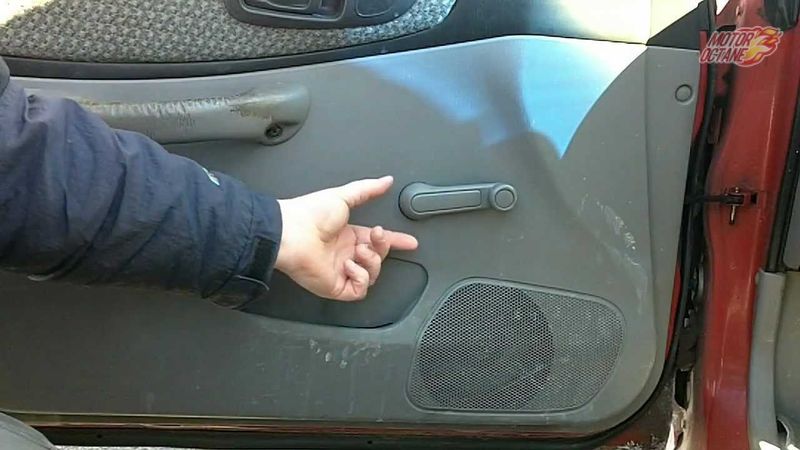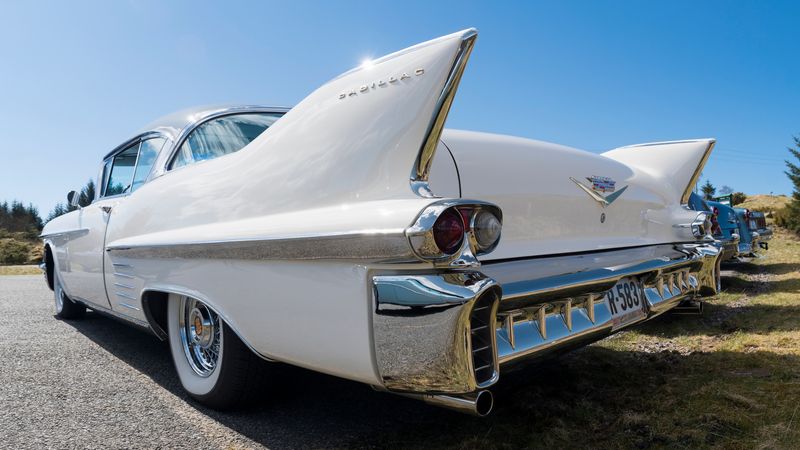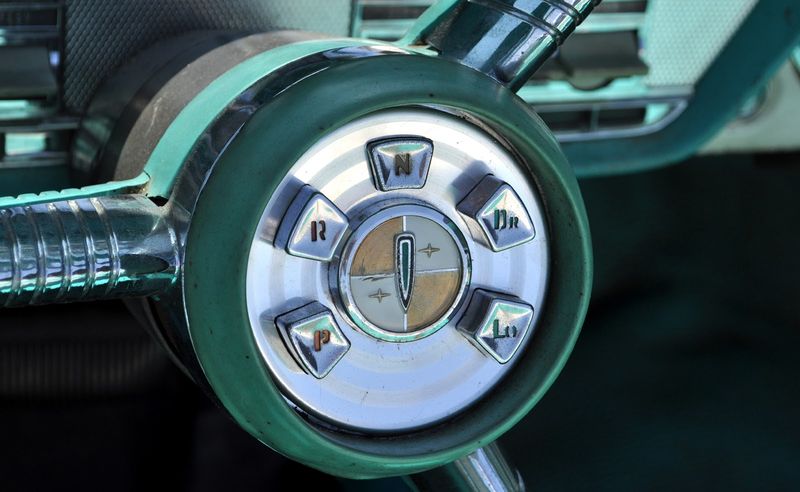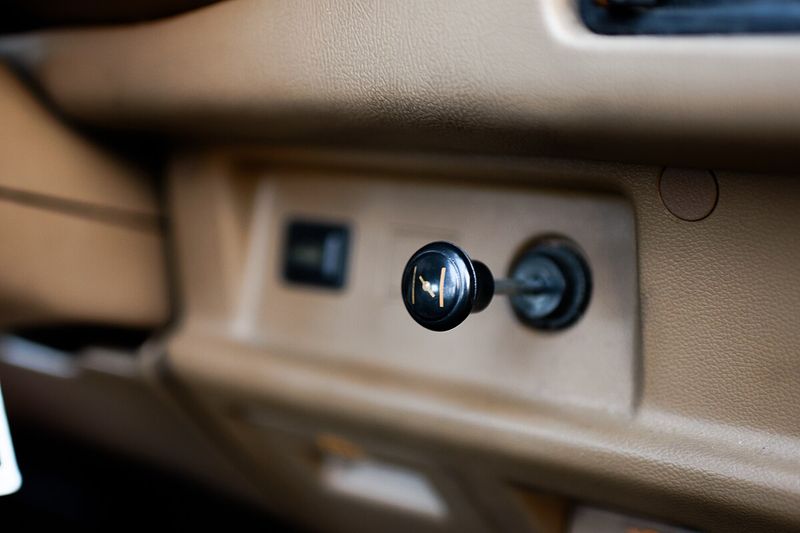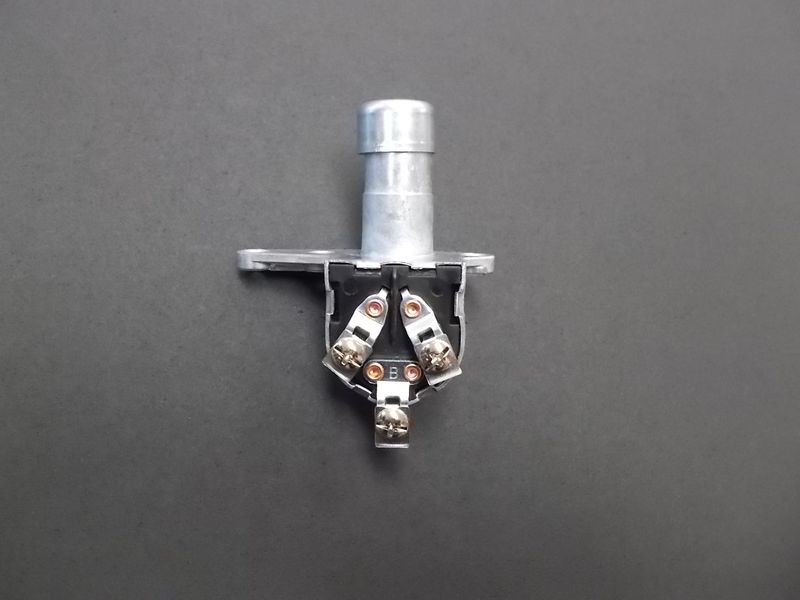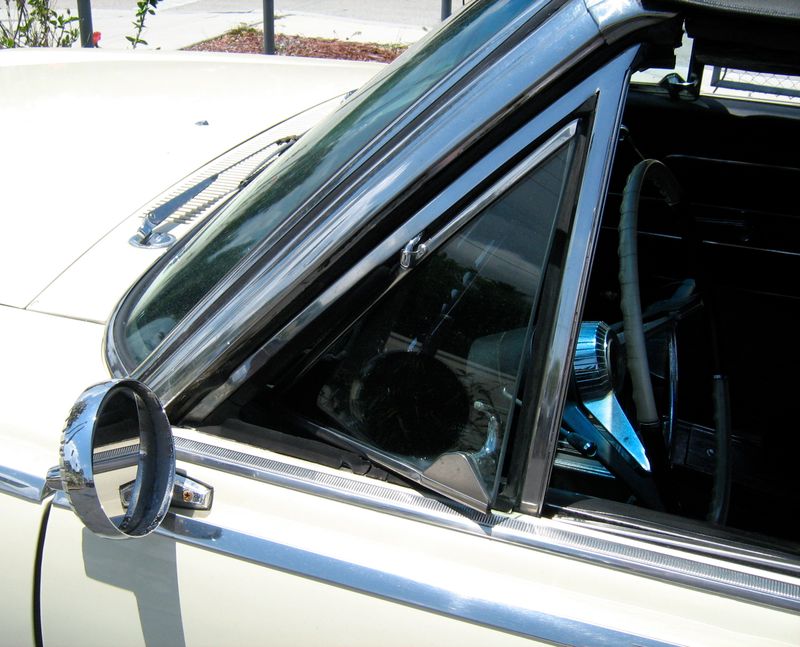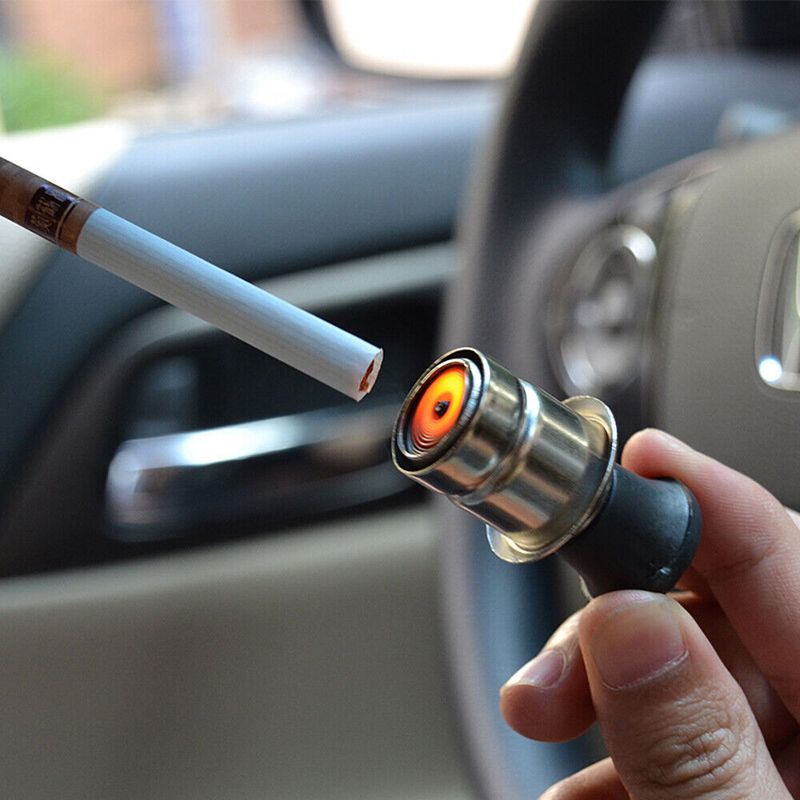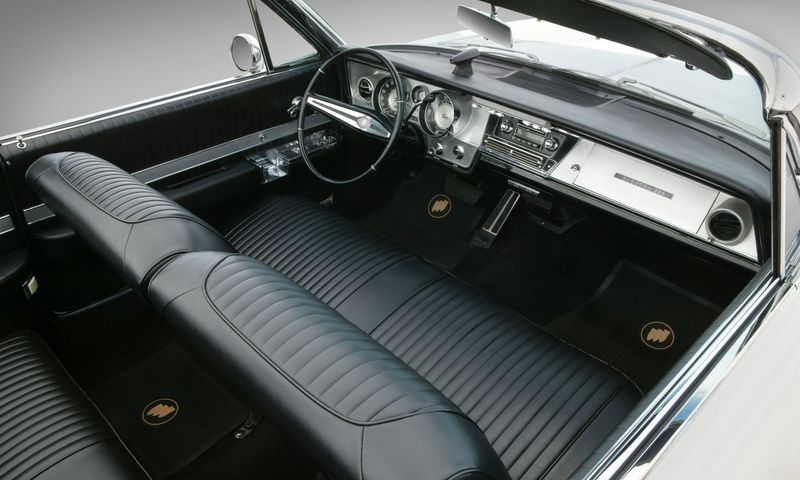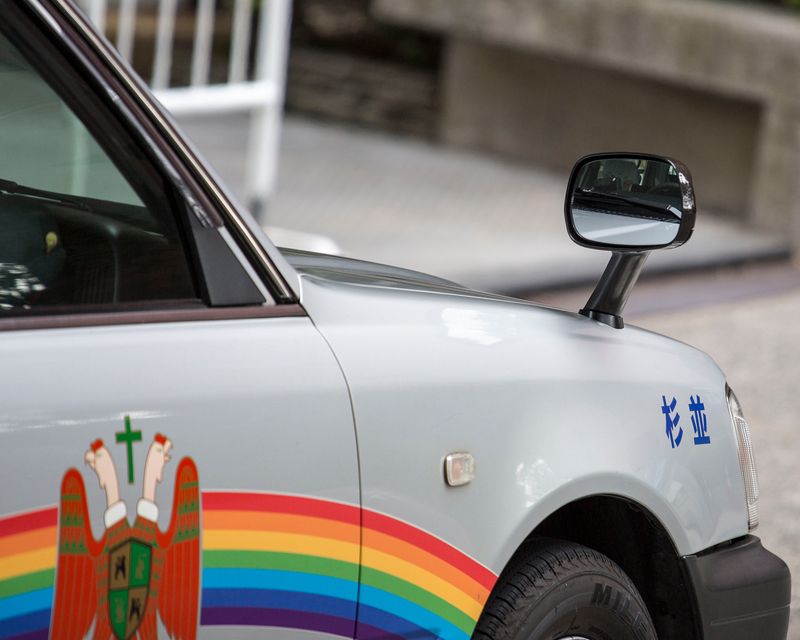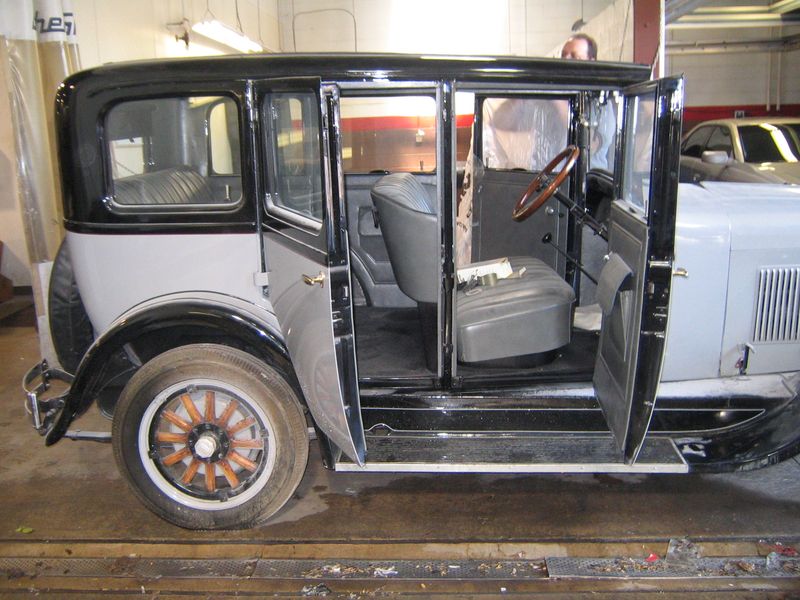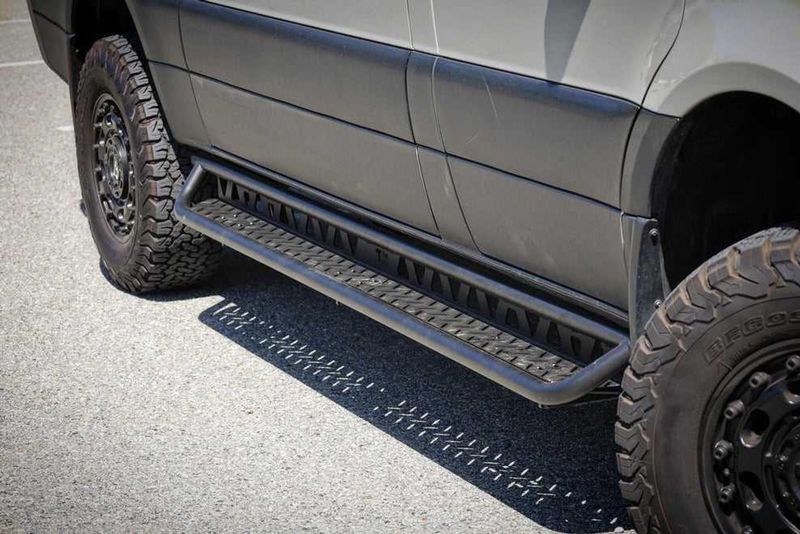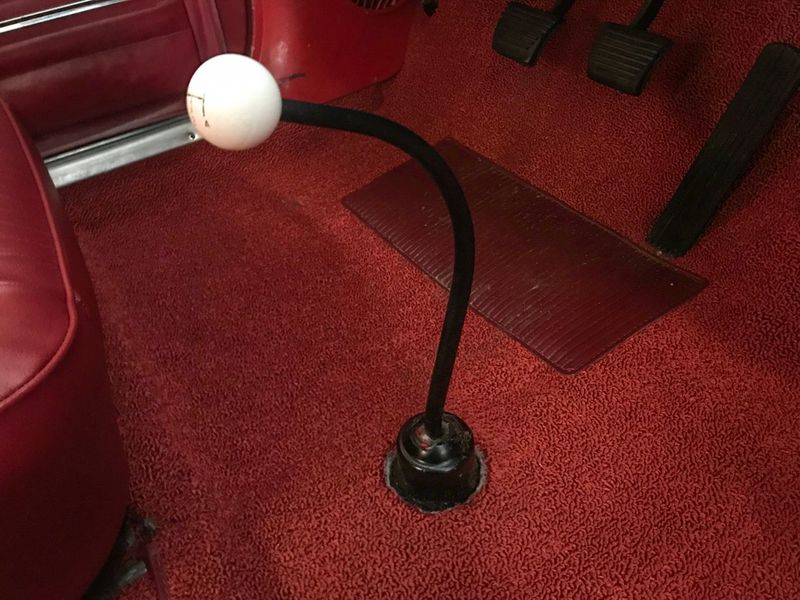12 Vintage Car Features That Would Baffle Today’s Drivers
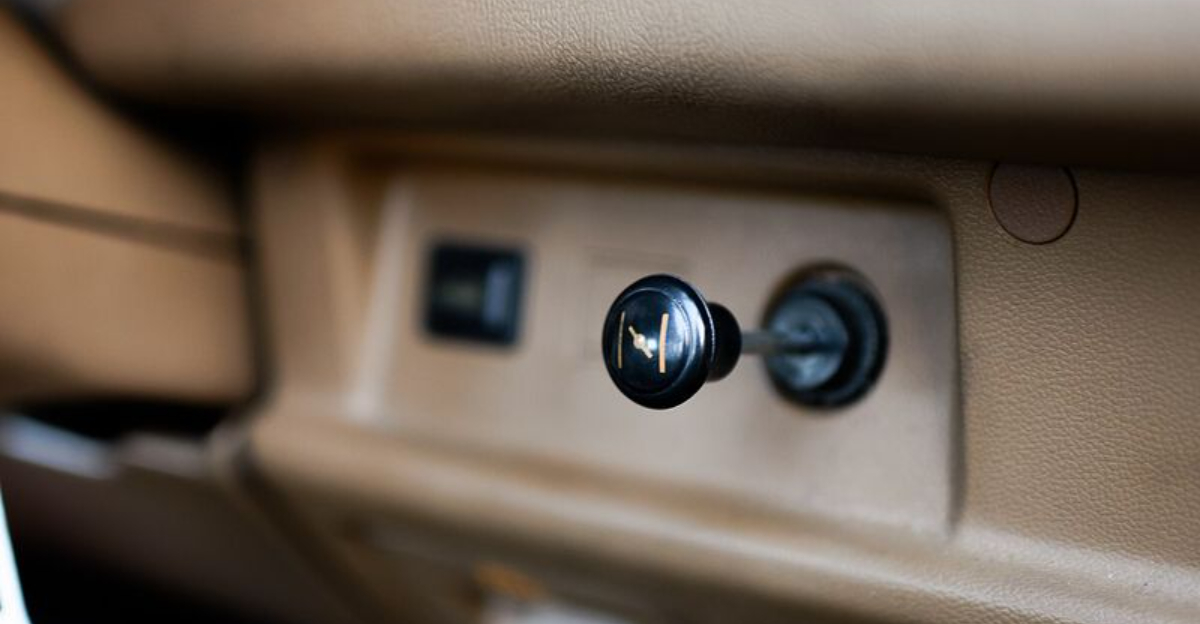
The evolution of automobiles has transformed the driving experience in countless ways. Features that were once considered cutting-edge are now either extinct or relegated to classic car shows.
From hand-cranked windows to push-button transmissions, these elements defined an era—but would likely baffle modern drivers accustomed to digital displays and automatic everything.
Yet, it is always cool to remember the things that started the revolution in the automotive industry.
1. Hand-Cranked Windows
Before the effortless push of a button, rolling down your car window meant actually rolling—with a crank handle that required some serious wrist action.
Drivers and passengers alike became pros at adjusting windows manually, though it sometimes felt like an upper-body workout—especially in the summer heat. While these windows rarely malfunctioned (unlike their electric counterparts today), they gradually disappeared as power windows became more convenient and accessible.
Now, the only cranking most drivers do is for nostalgia’s sake at classic car shows.
2. Tailfins
In the 1950s and early ‘60s, tailfins weren’t just a design choice—they were a statement. Inspired by the space race and jet-age aesthetics, these aerodynamic (yet mostly decorative) rear accents made cars look like they were ready for liftoff.
Cadillac and Chrysler led the trend, but as practicality and fuel efficiency took precedence in the 1970s, tailfins slowly disappeared. Today, cars are designed for aerodynamics and efficiency rather than space-age swagger, making tailfins a relic of when style trumped practicality.
3. Push-Button Transmission
Imagine changing gears with the push of a button, just like operating an old-school vending machine. In the 1950s and ‘60s, push-button transmissions were marketed as an ultra-modern convenience, freeing up space on the dashboard.
However, mechanical complexity and safety concerns led to their demise. Drivers struggled with malfunctions, and mechanics dreaded repairs. Eventually, traditional gear shifters made a comeback, proving that sometimes, simple is better.
Though push-button shifting has reappeared in some modern luxury cars, it’s nothing like its quirky, unreliable predecessor.
4. Manual Choke
Before electronic fuel injection simplified the ignition process, starting a cold engine required a little finesse. Enter the manual choke, a knob that adjusted the air-fuel mixture to prevent stalling.
Drivers had to learn the right balance, or risk flooding the engine or struggling to get the car running. While this feature gave a sense of mechanical control, it was also a nuisance—especially in winter.
Thanks to modern tech, today’s cars start smoothly without the driver having to think about fuel ratios, making the manual choke a lost skill of the past.
5. Floor-Mounted Dimmer Switch
Long before steering-column light controls, drivers adjusted high and low beams with a button under their left foot. This floor-mounted dimmer switch allowed quick access while keeping hands on the wheel.
However, missteps were common—accidentally dimming lights when tapping the clutch or gas pedal. As car interiors evolved, column-mounted light controls became the standard, pushing this quirky feature into obscurity.
Today’s drivers would likely be confused searching the floorboard for a headlight switch, proving how much automotive design has changed over time.
6. Vent Windows
Before climate-controlled cabins and A/C vents, cooling off during a drive meant cracking open vent windows—small triangular panes that could be adjusted to direct airflow into the car.
These windows were great for hot days and cigarette smoke ventilation, but they became obsolete when air conditioning became a standard feature in cars. Modern vehicles now rely on high-tech climate control, making vent windows a nostalgic nod to simpler times.
7. Cigarette Lighter
In the mid-20th century, almost every car came with a built-in cigarette lighter, complete with an ashtray for convenient in-car smoking. But as public attitudes toward smoking changed, automakers repurposed these ports for power outlets instead.
Today, these once-essential lighters have evolved into USB chargers and 12V power adapters, used for phones, GPS devices, and dash cams. The original function may be forgotten, but its legacy lives on in the form of modern car accessories.
8. Bench Seats
Once a staple of classic American cars, bench seats allowed drivers and passengers to sit closer together, perfect for romantic dates and family road trips.
However, safety advancements like seat belts and airbags made individual bucket seats the norm, improving both comfort and crash protection. Today’s cars prioritize ergonomics and safety over nostalgic charm, making bench seats a beloved but impractical relic of the past.
9. Fender-Mounted Mirrors
Before side mirrors moved onto car doors, they were mounted on the front fenders, providing a wider but often inconvenient rear view.
Adjusting these mirrors required getting out of the car, making them a hassle compared to today’s power-adjustable, heated side mirrors. Eventually, ergonomics and aerodynamics won, leading to the design we see today.
While some vintage cars still sport these stylish, distant mirrors, modern drivers would struggle with their impracticality.
10. Suicide Doors
Suicide doors—rear-hinged doors that opened backward—added a level of elegance and easy access to luxury cars and limousines in the early 20th century.
However, they got their ominous nickname for a reason—if a door flew open while the car was in motion, passengers could be pulled out into traffic. As safety regulations tightened, these doors were phased out in favor of front-hinged designs.
Though some luxury brands like Rolls-Royce have revived them, they remain a rare and stylish throwback to a bygone era.
11. Running Boards
In the early days of automobiles, running boards were essential for climbing into high-riding vehicles. They also served as a convenient step for daredevil passengers hopping in while the car was moving (not recommended!).
As cars got lower and door designs improved, running boards disappeared from most models. Today, they’re primarily seen on pickup trucks and SUVs, offering a functional but less stylish callback to the past.
12. Non-Synchronized Manual Transmission
Before synchromesh transmissions made shifting smooth, drivers had to master double-clutching—a technique involving precise timing to shift gears without grinding them.
For those who loved the feel of true mechanical control, non-synchronized transmissions were a badge of honor. But for most drivers, the effort and skill required made them impractical.
Modern transmissions have eliminated this once-essential driving skill, making today’s manuals easier and more forgiving. Still, classic car enthusiasts take pride in knowing how to work an old-school gearbox.

